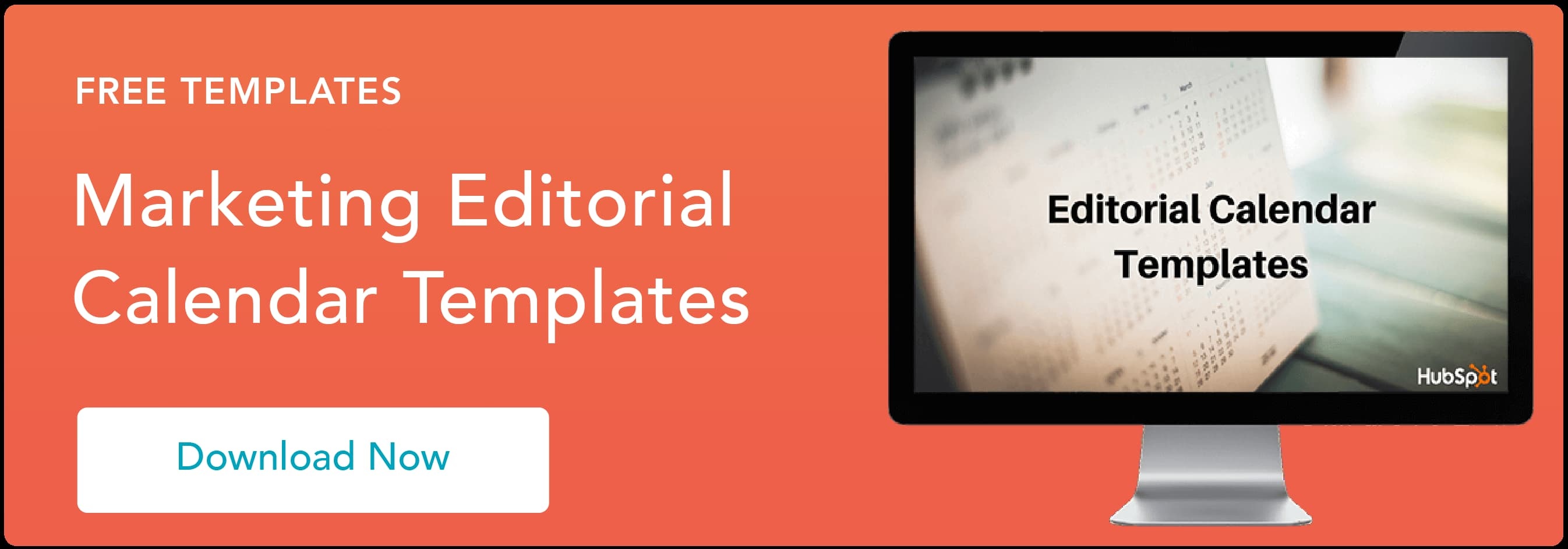Have you ever written a blog post you were sure was destined to go viral? You spent hours crafting each sentence -- positive that your audience would devour each word, shared it on every possible social platform, and knew it would propel to internet fame in a matter of mere hours.

You even thought about changing your LinkedIn headline to "Marketing Guru" -- because why not? You were about to become one.
Sadly, your digital utopia was just a fantasy. The post -- as some inexplicably tend to do -- tanked. But while you wrote it, you would've bet your life it would break the internet. So what the heck happened?
As marketers, we often succumb to a cognitive bias called the overconfidence effect. Since we're technically experts, we tend to overestimate our industry knowledge and our ability to predict content performance.
This can lead us to rely on our intuition more than data when we brainstorm new blog ideas. Since we like our own ideas, we think our audience will too.
But just because we like our own post, doesn't mean our audience wants to read it.
Instead of relying on our own personal taste, we need to let our audience's behaviors and preferences drive our new blog ideas -- or else we risk publishing irrelevant content.
Analyzing audience data before ideation is crucial for crafting desirable content. Let's read on to learn six data-driven tactics for choosing the topics your audience actually desires.
6 Data-driven Tactics for Choosing Blog Topics
1) Find Out What Already Works for You
The most accessible data source that can inform your blog strategy are your own metrics. You just need to tag each of your blog posts with their respective topic first. By categorizing your blog posts, you can measure each topic's performance with data analysis tools like excel or HubSpot's Content Strategy tool.
The performance metrics you decide to track depend on your marketing goals. At HubSpot, page views largely determine a topic's success, but other metrics like time on page, subscribers gained, or leads generated can also indicate whether a topic resonates with your audience or not. It's crucial to select a key business objective you want your blog to serve and monitor the metrics that represent its success.
It's also valuable to take into account how many posts you publish on each topic. You want to make sure you serve your audience's true interests and don't overlook potentialy fruitful topics.
For instance, let's say HubSpot's blog posts about display advertising and video marketing generate the same amount of total traffic. On the surface, it seems like our audience enjoys these topics equally, right?
But a particular topic's total traffic might not tell the full story. What if we publish display advertising posts three times more often than video marketing posts?
This means publishing 30 display advertising posts produces the same total traffic that 10 video marketing posts produce. In other words, video marketing posts are three times more effective than display advertising posts.
By cutting display advertising out of our content mix and writing more video marketing posts, we'dserve our audience's interests better and generate more traffic with less content.
Here's a concrete example of what I'm talking about:
Old Blog Strategy

New Blog Strategy

When you analyze your blog topics, use the average or median views per post to paint the clearest picture of your audience's preferences. Looking at a topic's total traffic without accounting for post quantity could make you prioritize a topic that your audience doesn't really care about.
2) See What Works For Your Competitors
Odds are, you and your competitors have a very similar audience. This means their most popular content could potentially be your most popular content too.
Consider using a tool like BuzzSumo or EpicBeat to analyze your competitor's most shared posts. Are they writing about topics that would interest your audience?
Once you discover their top performing content, ask yourself how you can improve upon their work. It's fine to cover the same overarching topics as a competitor, but you should offer your own unique perspective and provide new insights to your audience.
3) Read Your Audience's Conversations Online
As a writer who blogs about inbound marketing, I constantly comb through Inbound.org and the Content Marketing Institute LinkedIn group because they're full of fodder for my best blog ideas.
Marketers post questions to these sites every day. And since they publicly display their professional information, you can tie their inquiries to your buyer personas. This helps clarify your personas' needs and makes it easier to personalize content for them.
On Inbound.org, I like to scan the Discussions section where the top marketing questions of the week live. When someone posts a question about a topic we want to cover, I check to see if that person's role aligns with one of our buyer personas. If so, I write down a blog post idea that answers their question and pitch it at our monthly brainstorm.
If you don't blog about marketing, then you can search for your audience's questions on Quora. Just type in your topic and you'll find loads of relevant questions. If an overwhelming pile of questions presents itself, then just check out your topic's top followers and read the questions they've answered about your topic.
Check out the video tutorial below if you need more clarification.
4) Leverage Google's People Also Ask Box
If one of your chosen topics resonates particularly well with your audience, and you want to keep leveraging its popularity, Google it to discover related search terms. When you search for a term in Google, you'll see a "People Also Ask" box pop up beneath your entry, like this:

Think of these queries as high-demand topics that branch off of your main topic. If your audience loves consuming content about your main topic, then they'll likely devour content about its related topics.
5) Survey Your Blog Subscribers
Is there a better way to capture your audience's reading preferences than surveying your own audience?
Before you send out your surveys, though, you should know that not all your subscribers will pounce at the chance to provide feedback. But that's where incentives come in. Consider offering respondents the chance to win a prize, like a gift certificate, to encourage feedback.
Every time we incentivize subscribers to complete our blog surveys, we see much more participation than when we don't dangle any carrots.
6) Ask Sales and Success About Your Customers' Pain Points
Sales and customer success help consult your prospects and customers everyday, so they have the firmest grasp of your audience's actual needs and pain points. Collaborating with these teams is the best way to pinpoint your readers' most pressing issues.
To better understand your prospects and customers' struggles, you could set up a monthly meeting with sales and success or ask them to jot down the most common problems and the content recommendations that would likely solve them.
How do you research blog topics? Tell us on Twitter!


![[UPDATE] How to Make a Facebook Business Page That Keeps People Engaged](https://53.fs1.hubspotusercontent-na1.net/hubfs/53/how-to-make-a-facebook-business-page-compressor.jpg)




![The Best Story Framework for More Engaging Storytelling [Example]](https://www.hubspot.com/hubfs/two-simple-frameworks-thatll-make-you-a-better-storyteller_0.webp)

![10 Logo Design Trends to Watch for in 2022 [Infographic]](https://53.fs1.hubspotusercontent-na1.net/hubfs/53/logo-design-trends.jpg)

